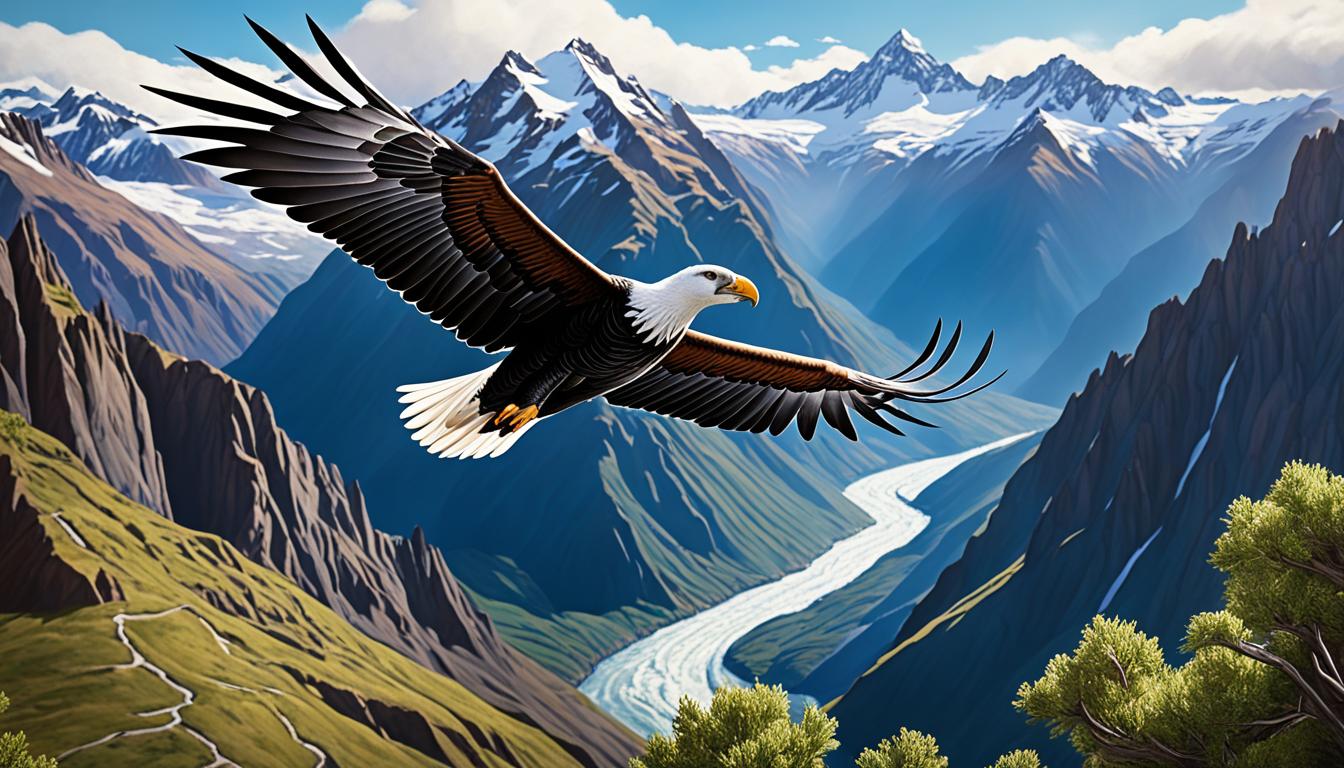Into the Wild: Visiting Bolivia’s Top Wildlife Reserves
Ever thought about delving into Bolivia’s wild side? Its wildlife reserves are stunning, packed with plants and animals. They offer unique chances to see nature up close. But how can you make the most of these lush lands in Bolivia?
Bolivia has some of South America’s most diverse wildlife reserves. This adventure will guide you through their beauty. You’ll see top wildlife destinations and amazing creatures. Whether you’re into flamingos or jaguars, these spots are perfect for animal watching and ecotourism. By visiting, you help with conservation efforts and support local communities.
Key Takeaways
- Bolivia is home to some of South America’s most spectacular and biodiverse wildlife reserves.
- These reserves offer unparalleled opportunities for wildlife enthusiasts and nature lovers to experience Bolivia’s untamed beauty.
- Visiting these reserves supports critical conservation efforts to protect endangered species and empower local communities.
- From the flamingo-filled altiplano to the jaguar-roamed rainforests, Bolivia’s wildlife reserves showcase the country’s incredible biodiversity.
- Ecotourism plays a vital role in the sustainability and protection of these natural wonders.
Exploring Bolivia’s Untamed Beauty
The Avaroa National Reserve is in southwest Bolivia. It’s known for its beautiful high-altitude landscapes. To get there, you cross the stunning Puna grasslands. These lands have a dry, desert-like look, salty lakes, and small villages. On the journey, you might see animals like Darwin’s rheas and Andean geese.
Reaching the Avaroa Reserve
Getting to the Avaroa National Reserve is tough but worth it. It’s in remote southwest Bolivia, close to Chile and Argentina. The best way in is from Tupiza or Uyuni. They have tours and transport ready. You can also drive yourself, but it’s hard due to the high altitude and poor signs. Yet, you get to see amazing landscapes and many animals at the reserve.
Wildlife Encounters in Avaroa
The Avaroa Reserve is a great place to meet unique wildlife. You can find three kinds of flamingos here. They include the Andean flamingo and the James’s flamingo. These colorful birds feed in the salty lakes and can be seen in the frost. Other interesting birds and the vicuña, a relative of the llama, also live here.
Bolivia Wildlife Reserves: Protecting Endangered Species

In Bolivia, there are many vital places for wildlife, not just Avaroa National Reserve. For instance, there’s the Barba Azul Nature Reserve in the north. This area protects the unique savannas, home to the Blue-throated macaw. With 354 bird species and threatened mammals like the Pampa deer, it’s an essential place to protect.
Red-fronted Macaw Nature Reserve
South-central Bolivia has the Andean valleys where the Red-fronted Macaw Nature Reserve lies. This reserve is for the rare Red-fronted macaw. You can see these birds nest in its tall cliffs every evening. With 232 bird species, it’s perfect for wildlife enthusiasts to explore.
Planning Your Wildlife Adventure

Looking to explore top wildlife spots in Bolivia? You have the choice of going alone or with a guide. Solo travel means more freedom, but guided tours bring local knowledge and support. This is key, especially in remote areas and high altitudes. No matter your pick, make sure to sort your stay and travel early. This is because entry to these spots might be restricted.
Independent Travel or Guided Tours
For a freer journey, you can explore Bolivia’s wildlife spots on your own. This way, you can set your own schedule and get closer to local life. Yet, the tough and isolated lands might need extra thought and study. Or, you can opt for a guided tour. It’ll make things simpler and give you deep insights from experts. It ensures a rich wildlife experience.
Supporting Conservation Efforts
By heading to Bolivia’s wildlife reserves, you’re helping vital conservation projects and local groups. These sites are usually run by groups that use tourism funds to save endangered animals and places. They also create jobs and learning chances for the locals. This boosts both sustainable tourism and community growth.
Conclusion
Bolivia’s wildlife reserves let you explore the amazing Andean biodiversity. You’ll see everything from flamingos on the altiplano to jaguars in the rainforests. By visiting, you help protect Bolivia’s nature and support its people.
Choosing Bolivia ecotourism means you can see stunning views and rare animals up close. The reserves are run by groups that use your visit to help endangered species. This keeps the areas safe for the future.
You can visit Bolivia’s wildlife reserves alone or with a guide. Either way, it’s a life-changing experience. You’ll make memories and help preserve Bolivia’s beauty for those who come after us.







